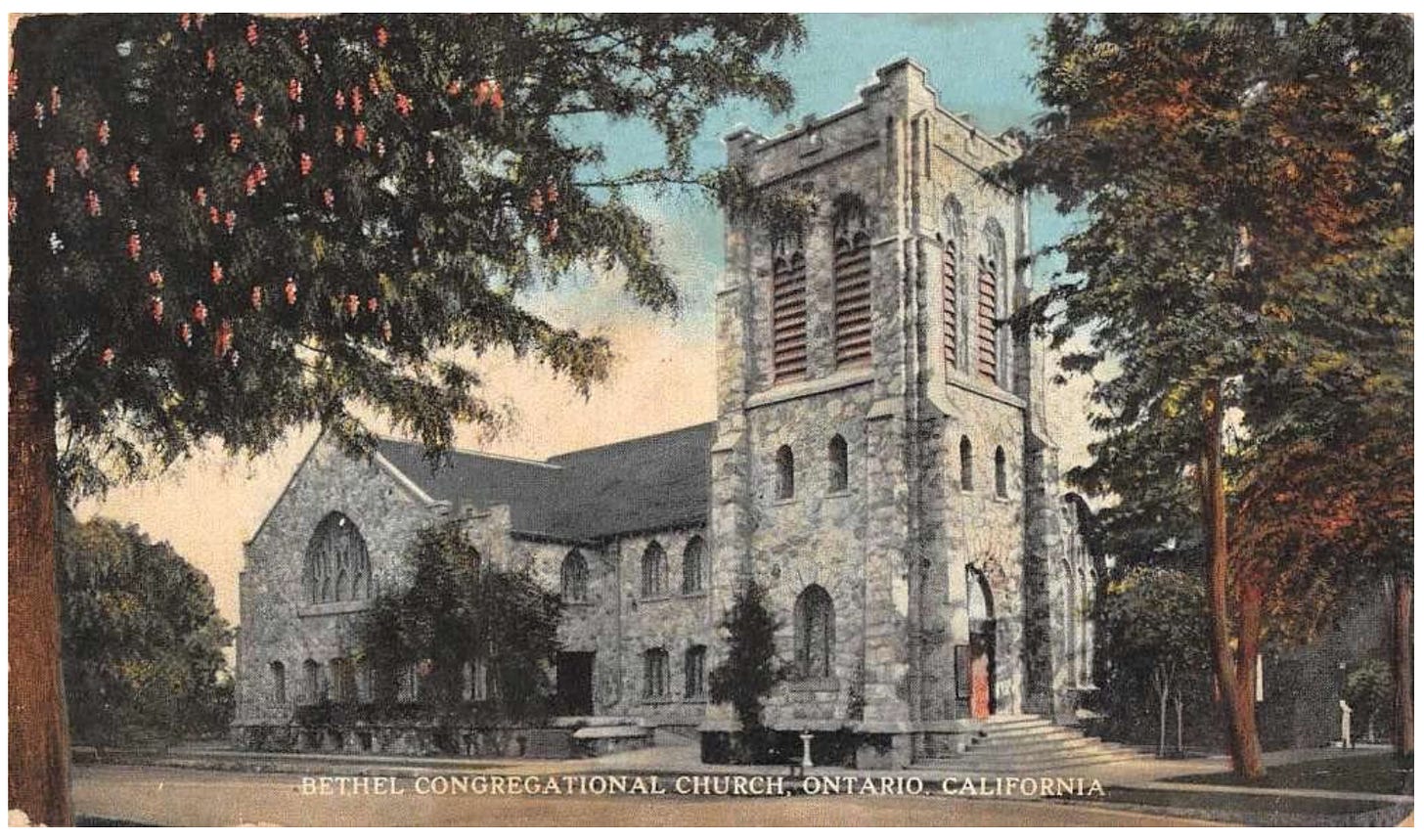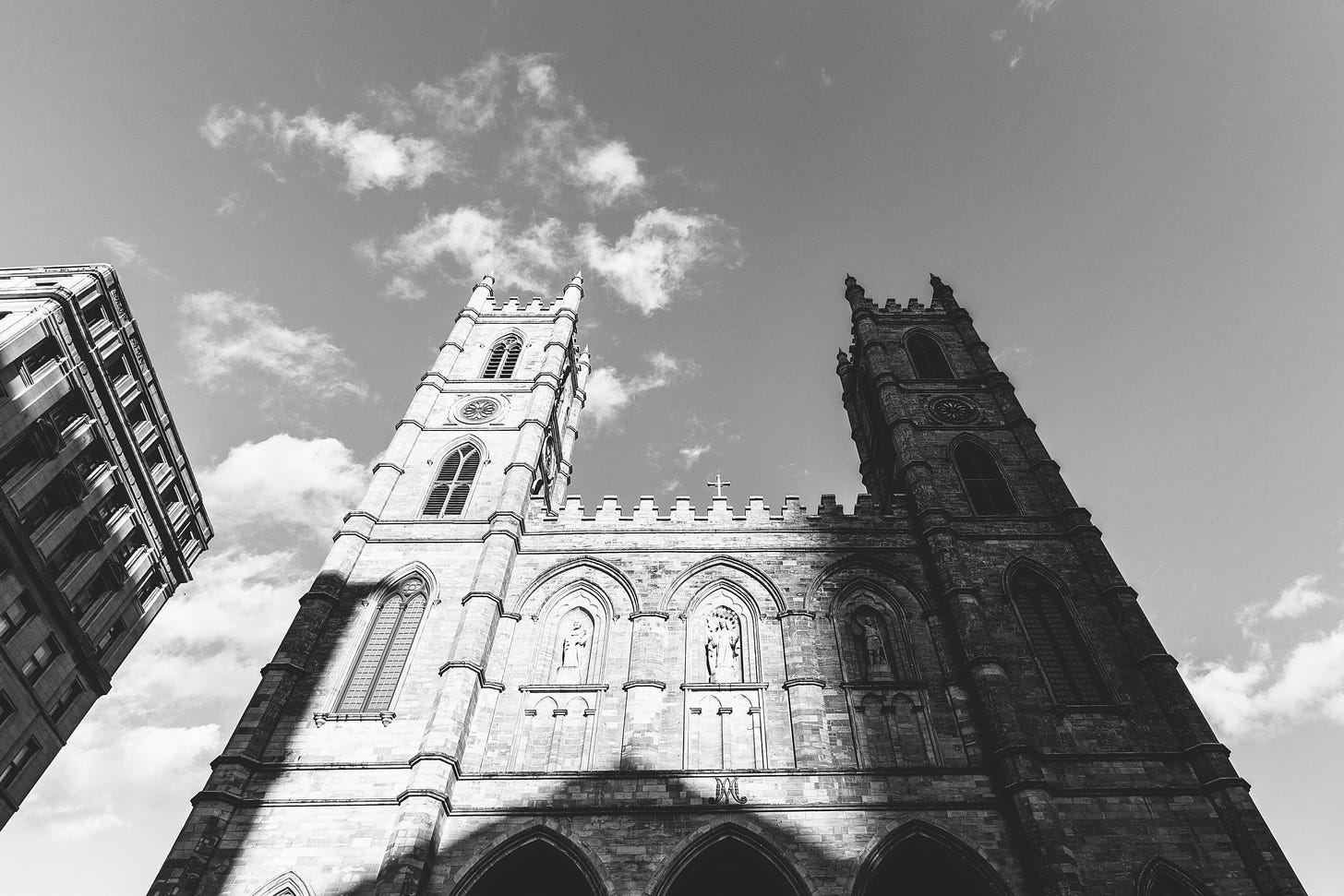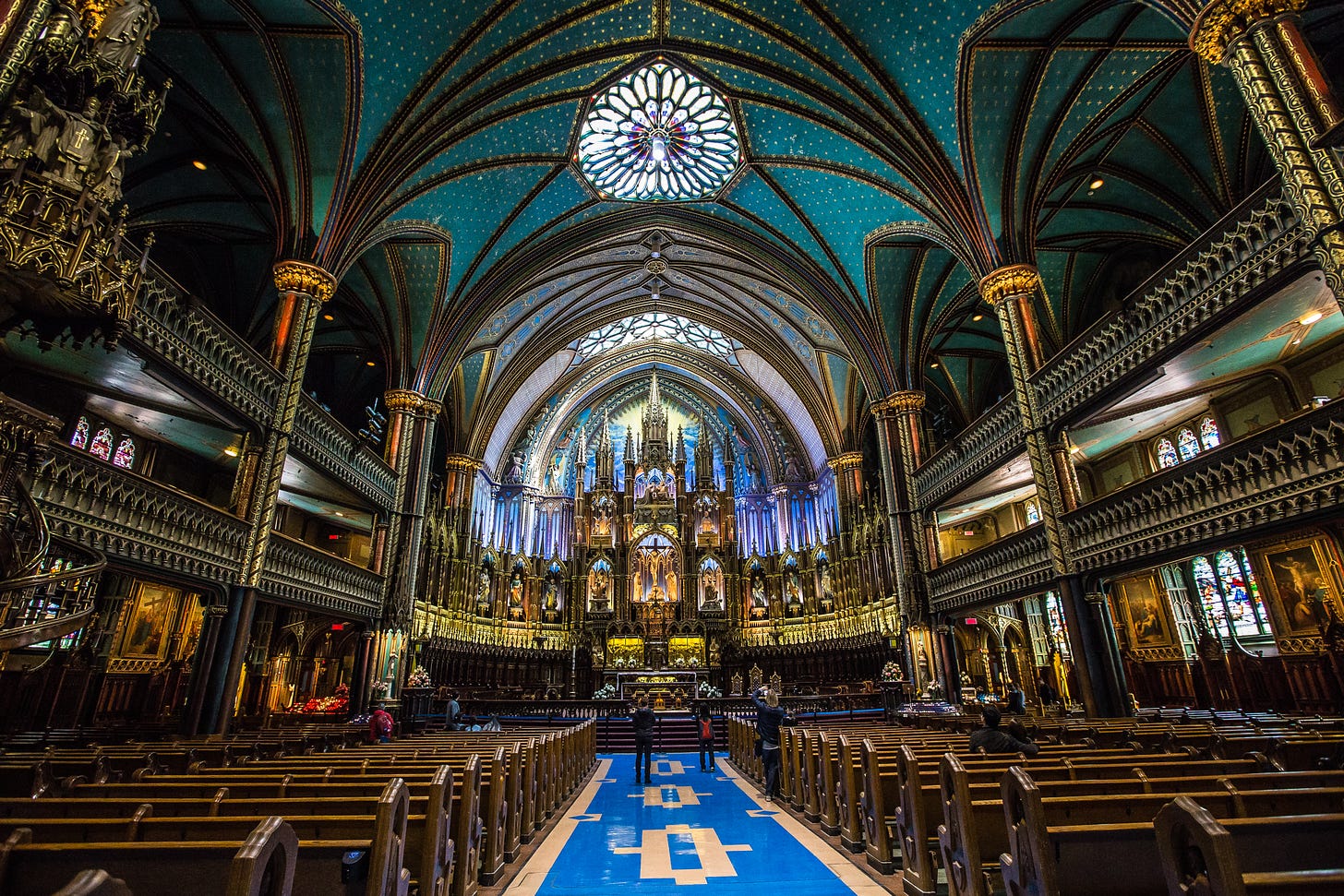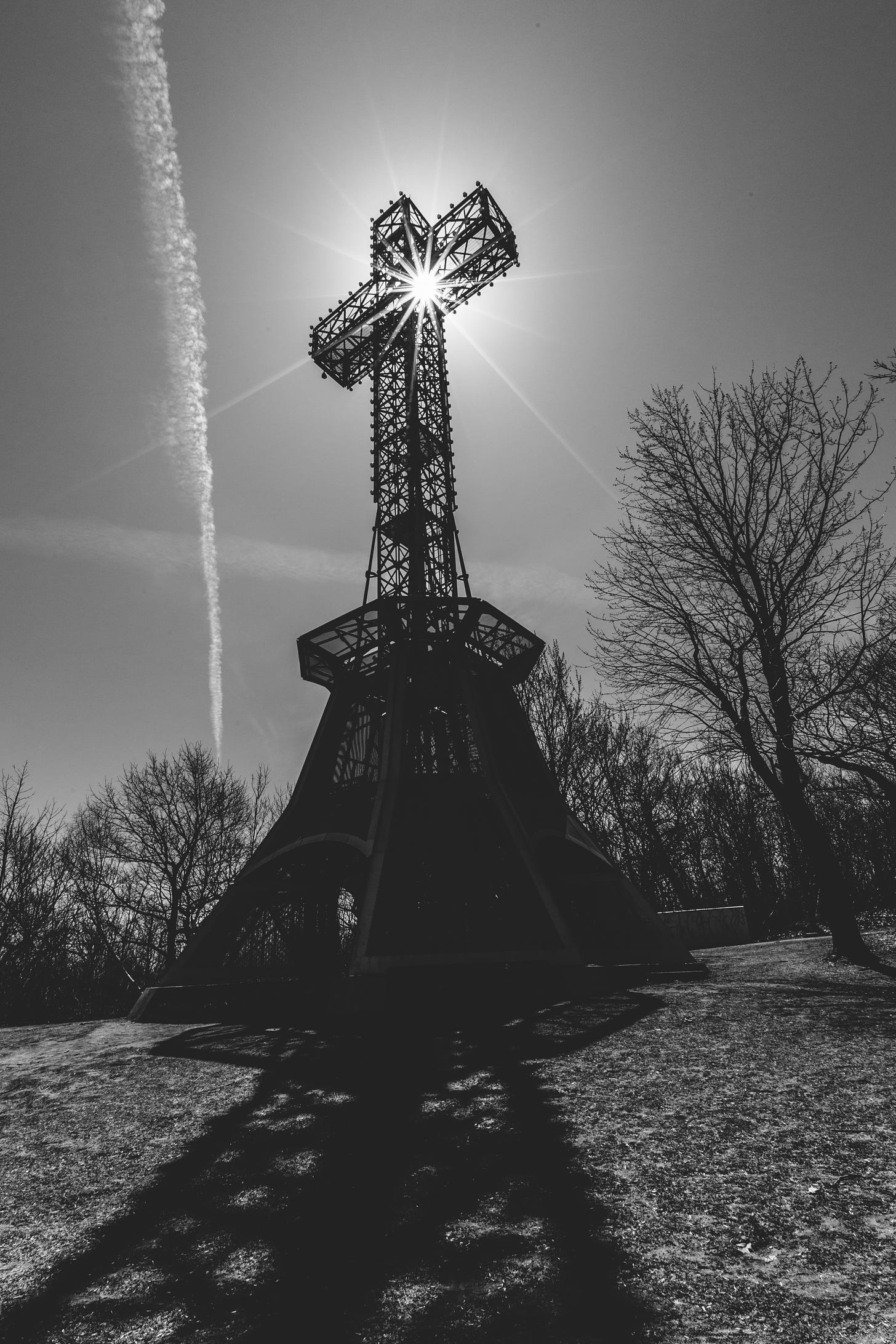A few months ago my husband decided to join a local symphony. Off he goes, once a week, with his non-conforming upright bass, stuffed in his old work truck, to hone in on his original love of playing in an orchestra. He recently took me to see a performance of his conductor’s other symphony.
The Southland Symphony filled Bethel Congregational’s chapel with Franz Schubert’s Symphony No. 5.
During the second half, Ruslan Biryukov, a Russian immigrant, founder of the Glendale Philharmonic Orchestra and Artistic Director of Positive Motions Concert Series in Los Angeles, and obvious phenomenal cellist, played a never recorded composition. Cello Concerto in G minor, Op. 33, by Arthur Foote, premiered for the first time on the west coast. There were all but 30 people in attendance.
As I sat in the old pews of the small but picturesque 1912 Gothic Revival building, with it’s rich wood beams, intricate stain glass, my mind read like the 10th in a series of circular tales by Laura Numeroff. It would be titled “If You Give a Deb a Classical Concert” with an old building thrown in.
At one point, staring at every detail in the room, listening for the deep notes of the upright bass, observing the intensity of the violinists, conductor’s baton waving… my husband leaned in and whispered, “you know Schubert died at 31. He wrote a ton of music.”
During intermission, we gathered in a meeting room for refreshments, chatted with attendees, anticipating Mr. Biryukov’s performance.
Mind-blown, we left in awe of this intimate little gathering that held the grandeur of sound and talent you might expect to hear in a large symphony hall or one of the many remarkable Notre’ Dame Basilicas around the world. Ruslan has an impressive resume’, an extensive performance background, yet it was the feeling of his passion, captured in his emotions for the music, that made me think this was a very humble man. I would come to find out that he is. He drove from Glendale to Ontario, California every week, for a few months, to practice with the symphony. Many guest artists of his caliber would not have done this.
…this really got me thinking.
If you give a deb a classical concert what will she do?
Well..
As we left the church, walking down the old stone steps, I continued to marvel. How many incredible artists are humble like this?” playing their music, exploring their art for the absolute love and passion they feel inside? not needing to be “known” but known in the right sense? you know? We have experienced many artists like this and each time we talk about it all the way home.
and what of this church? How old is it? Why was gothic architecture a thing? Who built this church?
The congregation was organized in 1855 by the Chaffey family. They eventually built Bethel Congregational in 1912. If you are a history buff, George Chaffey Sr., in 1878, had moved to Riverside, California, from Kingston, Ontario, Canada, to join the Santa Ana River irrigation settlement. His son William accompanied him and a few years later George Jr. would come. Together they bought land parcels and developed ground-breaking irrigation to bring water to our vast valley. Their father George would become president of the Los Angeles Electric Co. and bring the first electric street lights to Los Angeles. As you might have read, my husband’s grandfather, Max Vaucher’ taught at Chaffey High School. We honor the Chaffeys all over this valley. I found a great blog post about them here.
In the mid-19th century Gothic Revival architecture grew out of the Romanesque architectural style, when peace and prosperity allowed for centuries of cultural development and beautiful buildings. The medieval architecture lead the eyes to the heavens, built to the “glory of God.” Famous for pointed arches, stone skeletons, reaching great heights, as in the surviving and most admired Basilicas around the world. Interest in the Gothic Revival style resulted from religious and social pressures in England during the mid-18th century. Interesting because the congregation of Bethel is an open and affirming one. People reaching for God, accepted in this beautiful place, inspired to have a conversation with the Master Creator. There is nothing new under the sun that we haven’t already sat under.
The power of the original Goths had spawned from the Germanic peoples who fought Roman Empire rule, which in turn lead to Medieval times and back again to the expression of Goth.
Gothic style has influenced architecture for over 700 years.
How many compositions did Franz Peter Schubert write? I mean he did pass away at 31. He wrote well over 700 various classical genre compositions, starting as a young boy. He was a multi-instrumentalist and his first teacher, Michael Holzer, organist and choirmaster of the local parish church in Lichtental, Vienna would often assure Schubert's father, with tears in his eyes, that he had never had such a pupil as Schubert. One of Schubert's most prolific years was 1815. He composed over 20,000 bars of music, more than half of which were for orchestra, including nine church works, despite being agnostic, a symphony, and about 140 Lieder, which is poetry set to classical music. He was 18 years old.
Only a few close friends knew of Schubert's extensive works when he died. He was discovered by a group of later composers, including Brahms and Mendelssohn, who performed his works and brought them to greater notoriety.
What was Franz Schubert’s most famous piece?
"Erlkönig", or “The Erl-King,” Op. 1, D 328, a Lied (Lieder) composed by Franz Schubert in 1815, which sets Johann Wolfgang von Goethe's (pron. “Gur-ta”) poem of the same name.
I love that poet! I must listen!
An incredible over-the-hands recorded performance which makes you think, again, this was written by an 18 year old in 1815.
What was The Erl King about? I have read Goethe, but not this. After listening my imagination ran as wild as my oldest granddaughter’s description of a “scary” story when we were playing hide and seek this week with her sister and cousins. In recent months I have been blessed to see her. She told of how we were in the forest and came upon a castle full of werewolves. That “we must run from them! fast!” as we ran screaming down the lanai hallway.
The young boy in this poem tries to warn his father of the Erl King, a dark and sinister elf, who lures small children to their death, by touch, for spending too long in the forest. He entices them with games and garments made of gold.
Before I wind my circle story down and get back to my seat in the pew, I have a message to deliver:
There was a time where all we needed was our imagination. Imagination, the innate ability to see what is unseen. A powerful gift from Above. How can we strive to keep it?
Oozing out of us as children playing with boxes, rather than the toys in them, sipping tea with our stuffies, engrossed in conversation, curiosity, telling spooky stories. Exploring art, nature, poetry, science, the vast sky and all it contains. Interpreting emotions through music, dance, sport, time-travel in an old building, painting our own life story, filtered from noise and confusion.
The monsters of today are no different than the monsters of yesterday. As we imagine, we feel and as we feel.. we know truth from fiction, honesty from deception.
Like the Father and child in Erlkönig.
The music plays on and we must listen. Ecclesiastes 1:9
Translated in the Original Metres, by Edgar Alfred Bowring, C.B, published in 1885: “The Erl-King” Who rides there so late through the night dark and drear? The father it is, with his infant so dear; He holdeth the boy tightly clasped in his arm, He holdeth him safely, he keepeth him warm. “My son, wherefore seek’st thou thy face thus to hide?” “Look, father, the Erl-King is close by our side! Dost see not the Erl-King, with crown and with train?” “My son, ‘tis the mist rising over the plain.” “Oh, come, thou dear infant! Oh, come, thou with me! Full many a game I will play there with thee; On my strand, lovely flowers their blossoms unfold, My mother shall grace thee with garments of gold.” “My father, my father, and dost thou not hear The words that the Erl-King now breathes in mine ear?” “Be calm, dearest child, ‘tis thy fancy deceives; ‘Tis the sad wind that sighs through the withering leaves.” “Wilt go, then, dear infant, wilt go with me there? My daughters shall tend thee with sisterly care; My daughters by night their glad festival keep, They’ll dance thee, and rock thee, and sing thee to sleep.” “My father, my father, and dost thou not see, How the Erl-King his daughters has brought here for me?” “My darling, my darling, I see it aright, ‘Tis the aged gray willows deceiving thy sight.” “I love thee, I’m charmed by they beauty, dear boy! And if thou’rt unwilling, then force I’ll employ.” “My father, my father, he seizes me fast, Full sorely the Erl-King has hurt me at last.” The father now gallops, with terror half wild, He grasps in his arms the poor shuddering child: He reaches his courtyard with toil and with dread, The child in his arms finds he motionless, dead.








wow! History! and beautiful music and pictures and the Poem....I am breathless. I have a vivid imagination, always have. My older by two years sister and I often pretended we were married with kids by our "crushes" as preteens. The whole thing, meals and House work. Today she is very ill with CHF and COPD. and we are praying for a miracle so those memories are back with a vengeance, It was so simple and easy then. then real life got in the way. but I think today I will imagine how it will be when I can get home and spend time with her again reliving those sweet memories. oxoxoxo
This was great. It awakened my imagination with a spark!